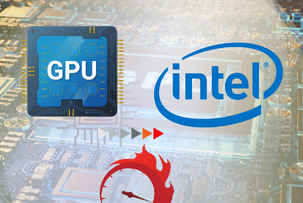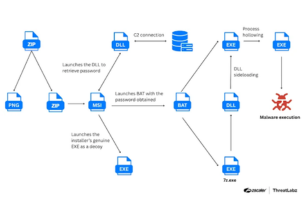China Presents Compact “Brain-Like” Supercomputer
15:10, 29.10.2025
Chinese scientists have introduced a computing device called BIE-1 (BI Explorer 1), which they describe as “the world’s first brain-like supercomputer.” The device is about the size of a microwave or mini fridge, yet it is a fully autonomous machine powered by a standard outlet and producing very little noise. The system is equipped with 1,152 processor cores, 4.8 TB of DDR5 memory, and 204 TB of storage.
Energy Efficiency and Performance
The key advantage of BIE-1 lies in its remarkable efficiency. Developers claim the system consumes 90% less energy compared to standard AI data centers. Moreover, the machine’s processor temperature “never exceeds 70°C” even under maximum load.
In terms of performance, the device achieves impressive training and inference speeds: 100,000 tokens per second for training and 500,000 tokens per second for inference.
Position Among Competitors
Neuromorphic computing is not a new field. Comparable systems include Intel’s Hala Point (with 1,152 Loihi 2 processors) and SpiNNaker 2, which uses a different approach and doesn’t rely on traditional SSDs, HDDs, or GPUs. However, BIE-1 stands out for its compact size and ability to deliver high performance without large server racks.
Pricing and availability of BIE-1 for Western markets have not yet been disclosed.


